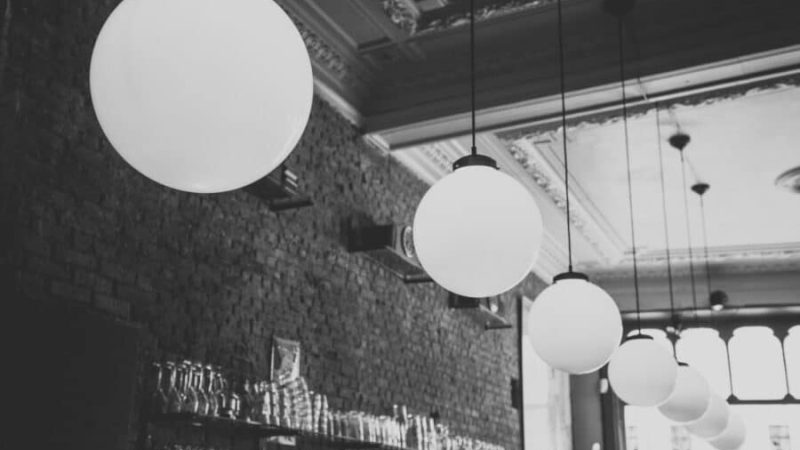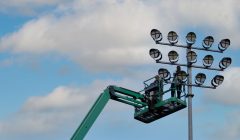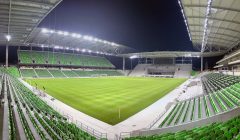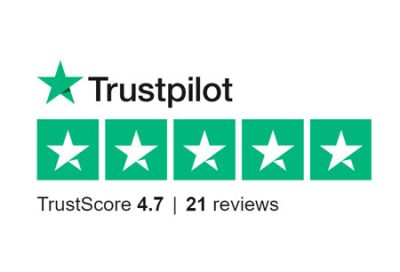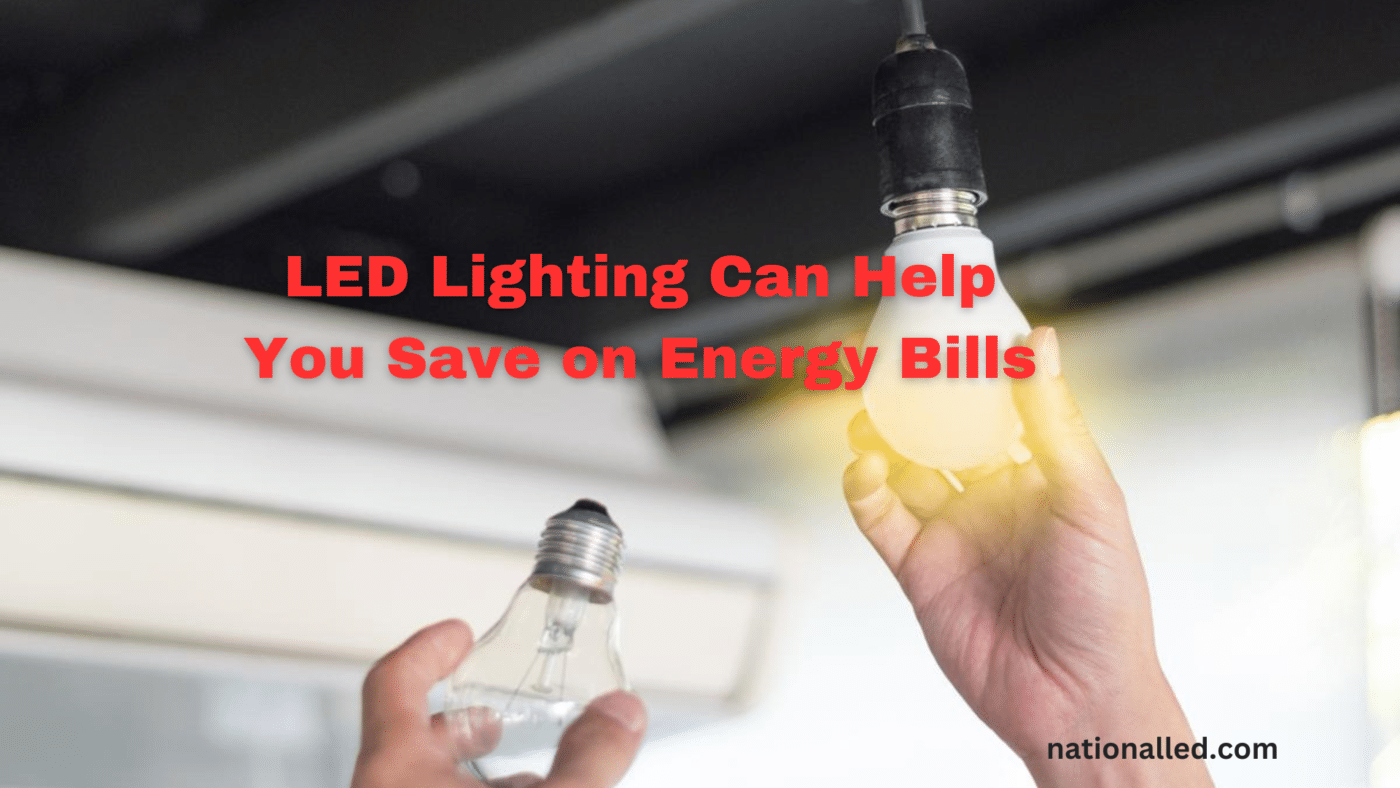
In today’s world, where energy efficiency and sustainability are paramount, LED lighting has emerged as a shining beacon of innovation. The transition from traditional incandescent and fluorescent lighting to LED(Light Emitting Diode) lighting is not only environmentally responsible but also economically savvy. In this comprehensive guide, we will delve into the extensive cost savings associated with LED lighting.
LED lighting offers numerous benefits, making it a smart and cost-effective choice for both residential and commercial settings. These advantages include significantly reduced energy consumption, extended lifespans, and more. Let’s delve into the multifaceted aspects that make LED lighting an excellent option.
Table of Contents
ToggleUnderstanding the Economic Impact of LED Lighting
LED lighting has revolutionized the lighting industry by offering an array of cost savings over conventional lighting technologies. Let’s delve into some key factors contributing to these substantial savings:
1. Energy Efficiency
LED offers substantial cost savings primarily due to its exceptional energy efficiency. Unlike traditional incandescent bulbs, LED bulbs convert a higher percentage of electrical energy into light while minimizing wasted energy in the form of heat. As a result, LED bulbs consume an average of 90% less energy and have a lifespan of 25 times longer than incandescent bulbs. These factors contribute to significant reductions in electricity bills, making LED lighting an appealing choice for both budget-conscious individuals and businesses. By lowering electricity expenses, you can allocate your financial resources to more critical areas that require attention.
2. Longevity
LED lighting also impresses with its remarkable lifespan. LED bulbs can last anywhere from 25,000 to 50,000 hours or even more, depending on the specific model and usage. In comparison, incandescent bulbs typically only last around 1,000 hours, while fluorescent bulbs usually burn out after about 8,000 hours.
The extended lifespan of LEDs not only reduces the need for frequent replacements but significantly cuts down on maintenance costs. Both businesses and homeowners benefit from fewer replacement purchases and less time spent on maintenance tasks. This prolonged lifespan translates into cost savings in both materials and labor expenses.
3. Reduced Cooling Costs
Traditional lighting technologies like incandescent and halogen bulbs produce a substantial amount of heat while in use. This excess heat poses a fire hazard risk and also raises cooling costs, particularly during hot summer months. In contrast, LED lighting generates minimal heat, lowering cooling expenses. By adopting LED lighting, businesses can save on air conditioning costs while ensuring a comfortable environment for both employees and customers. This aspect of cost savings not only impacts your energy bill but also promotes a more pleasant atmosphere that enhances customer satisfaction.
Cost Savings in Action
To better understand the cost-saving advantages of LED lighting, let’s consider a practical scenario. Picture a small retail store that operates 12 hours a day, 7 days a week and relies on traditional incandescent bulbs for its lighting needs. Now, let’s compare the annual expenses of using incandescent bulbs to those incurred with LED bulbs.
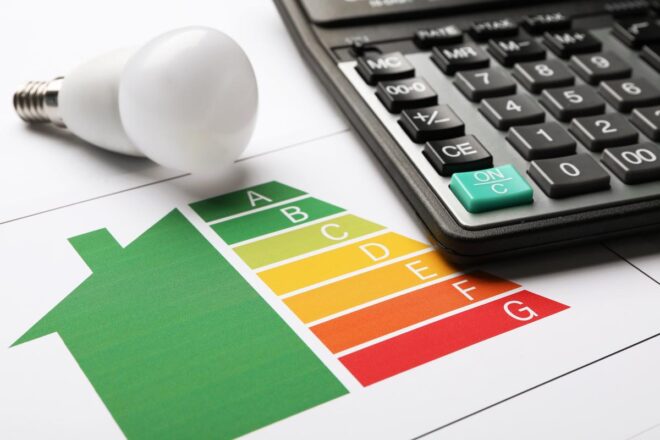
Assuming 12-hour daily operation (4,380 hours per year):
Incandescent Bulbs:
- Average bulb lifespan: 1,000 hours
- Number of bulbs replaced in a year: 4.38 bulbs (4,380 hours / 1,000 hours)
- Annual energy cost (per bulb): $31.54 (60W * 4,380 hours * $0.12 per kWh / 1,000)
- Total annual energy cost (for 4.38 bulbs): $137.96
LED Bulbs:
- Average bulb lifespan: 25,000 hours
- Number of bulbs replaced in a year: 0.1752 bulbs (4,380 hours / 25,000 hours)
- Annual energy cost (per bulb): $4.20 (8W * 4,380 hours * $0.12 per kWh / 1,000)
- Total annual energy cost (for 0.1752 bulbs): $7.36
In this scenario, the advantages of switching to LED lighting are apparent. By transitioning to LED bulbs, the retail store will save up to $130.60 annually. This significant reduction in energy and maintenance costs highlights the significant financial incentive for implementing LED lighting.
Key Takeaways: LED lighting is known for its energy efficiency, which can lead to significant reductions in electricity bills. This makes it a smart and financially beneficial choice.
LED lighting is known for its energy efficiency, which can lead to significant reductions in electricity bills. This makes it a smart and financially beneficial choice.
LED lighting emits minimal heat, resulting in lower cooling costs. This not only helps you save money but also improves your overall comfort.
You can view some of our work here
Maximizing Your Savings with LED Lighting
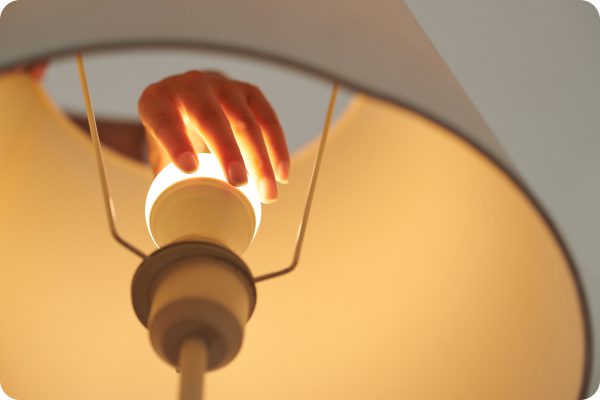
LED lighting offers significant cost savings, but it’s crucial to know how to optimize these benefits. By implementing the following practical tips, you can maximize your LED lighting savings:
- Select the Right LED Bulbs: When choosing LED bulbs, there are a few important factors to consider. First, think about the brightness level (measured in lumens). This will help you determine how much light the bulb emits and if it suits your needs. Also, consider the color temperature of the bulb, as it determines whether the light will be cooler or warmer in tone. Lastly, if you intend to use dimmer switches, ensure that the LED bulb is compatible with them.
- Implement Lighting Controls: To minimize energy waste and lower your electricity bills, make use of lighting controls like motion sensors and timers. These smart features ensure that your lights only stay on when needed, reducing unnecessary energy consumption.
- Consider Smart Lighting: Smart lighting systems provide precise control over your lighting, allowing you to program them to adjust brightness based on natural light levels or the time of day. While these systems may require a higher initial investment, they offer significant potential savings through automation and improved energy efficiency.
By implementing these strategies in your LED lighting plan, you can achieve significant long-term cost savings. LED lighting not only positively impacts your budget but also promotes sustainability and an environmentally friendly lighting solution. Take the step to switch to LED lighting today and witness your savings grow while reducing your carbon footprint.
Conclusion
Transitioning to LED lighting is not just about changing light bulbs; it represents a significant shift towards energy efficiency, sustainability, and economic sensibility. LED lighting is better than traditional alternatives in numerous ways, providing substantial cost savings for both residential and commercial applications. Its exceptional energy efficiency, extended lifespan, and reduced cooling expenses make it a financially wise choice. By adopting LED lighting, you not only reduce electricity costs but also contribute to a more sustainable future.
